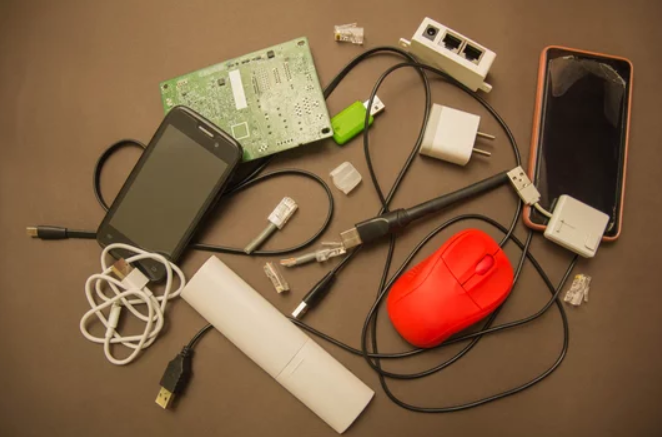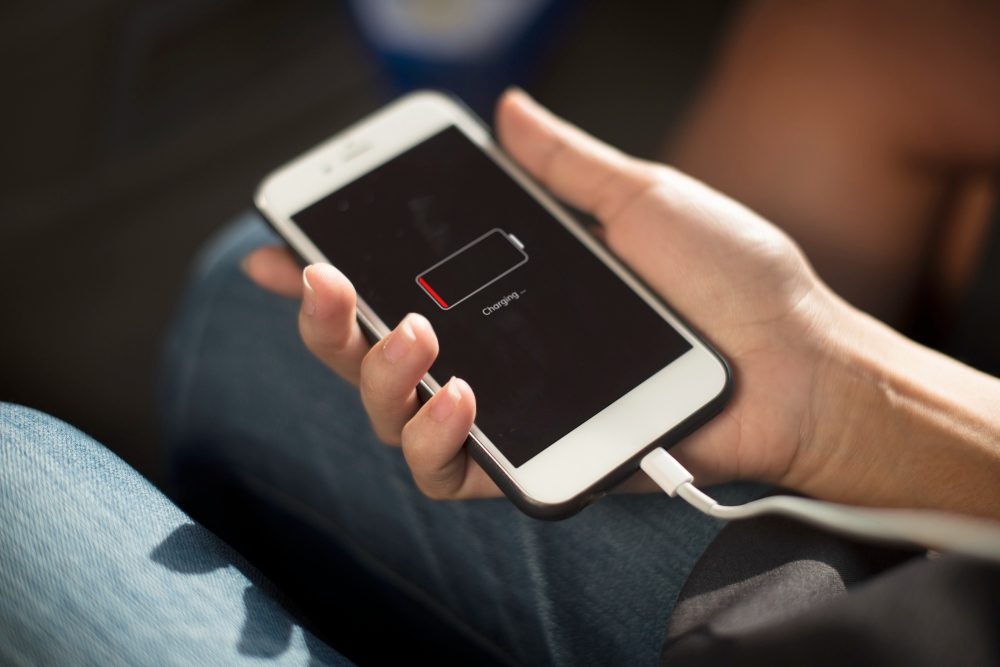
Electronics
Earth Day and E-Waste: NorthLadder’s Commitment to a Sustainable Future for Electronic Devices
Earth Day: The History and Importance
Earth Day is a worldwide event celebrated annually on April 22 to demonstrate support for environmental protection. The idea for Earth Day came from Senator Gaylord Nelson, who was concerned about the effects of industrialization on the environment. The celebration of Earth Day started in 1970 in the United States, but it quickly spread worldwide, leading to its recognition as a global event.
At the time, environmental issues were not on the political agenda, and few people were aware of the damage being done to the planet. Senator Nelson recognized that the only way to change the situation was to bring the issue to the forefront of public consciousness. He saw Earth Day as an opportunity to raise awareness and mobilize people to take action.
The first Earth Day was a huge success, with over 20 million people participating in events across the United States. The event brought together people from all walks of life, from students to politicians, and it helped to spark a new era of environmental activism. The success of Earth Day led to the creation of the Environmental Protection Agency (EPA) and the passage of landmark environmental laws such as the Clean Air Act, the Clean Water Act, and the Endangered Species Act.
Since then, Earth Day has become a global event with support from over 1 billion people in 193 countries who use the platform to bring attention to environmental issues worldwide. While progress has been made in protecting the environment, much work remains to be done.
E-Waste: A Growing Concern
One of the biggest environmental challenges we face today is the growing problem of electronic waste or e-waste. Electronic devices such as smartphones, tablets, and laptops are essential to our daily lives but have a short lifespan. They are often discarded when they become obsolete or broken. According to research firm Statista, 59.4 million metric tons of e-waste will be discarded worldwide in 2022, and the problem is expected to worsen.
E-waste poses a serious threat to the environment because it contains toxic chemicals such as mercury, lead, and arsenic that can leach into the soil and water if not properly disposed of. The improper disposal of e-waste can also lead to air pollution and greenhouse gas emissions, contributing to climate change.
NorthLadder: Creating a Sustainable Future for Electronic Devices
At NorthLadder, we recognize the importance of addressing the growing problem of e-waste. Our instant cash and trade-in programs have repurposed over 50,000 devices since 2018, keeping toxic chemicals out of landfills. Reusing pre-owned devices also financially benefits customers and providers while helping the environment.
We believe that carriers, retailers, OEMs, and cable operators must ensure that trade-in and upgrade programs are offered to all customers when shopping for a new device. By doing so, we can create a sustainable future for electronic devices and reduce the impact of e-waste on the environment.
Conclusion
Over 50 years ago, Earth Day was created to raise awareness about environmental issues and mobilize people to take action. Since then, Earth Day has become a global event, and progress has been made in protecting the environment. However, the growing problem of e-waste is a reminder that there is still much work to be done.
At NorthLadder, we are committed to creating a sustainable future for electronic devices by extending the lifecycle of these products. Working together can positively impact the environment and create a better world for future generations.
Ready to sell your device?
Sell Your deviceYou may also like



